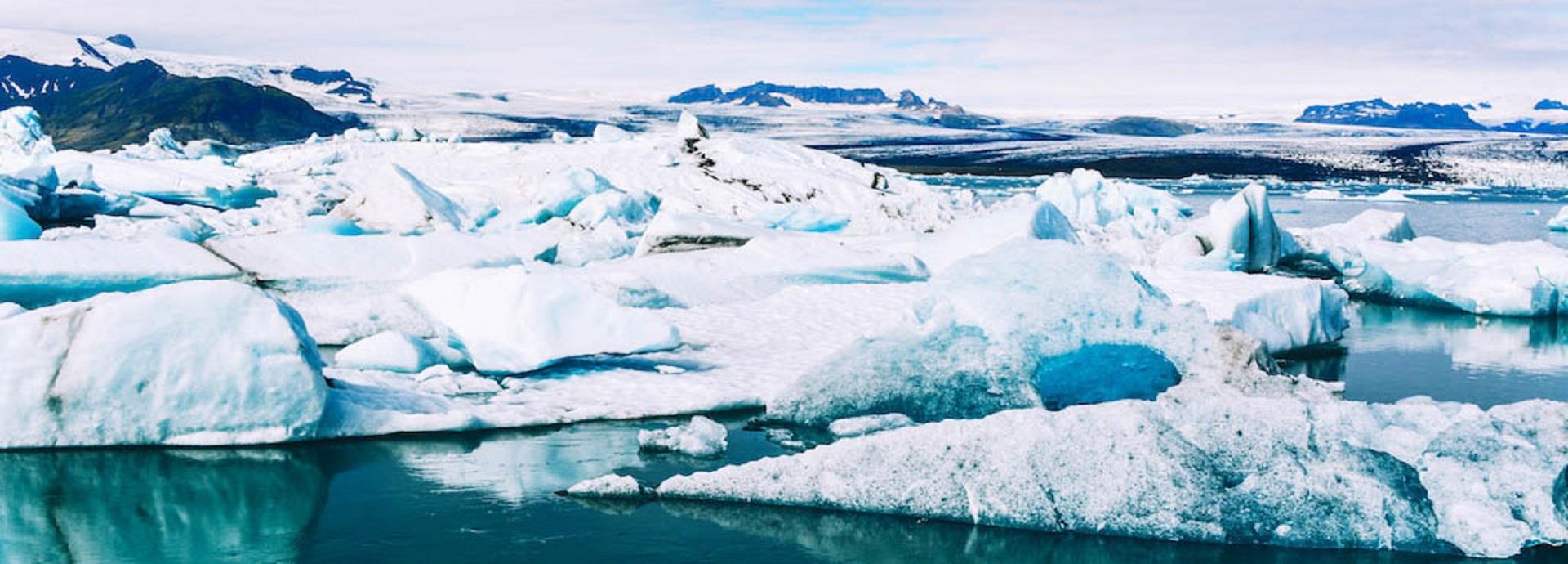

Extreme heatwaves in parts of Europe and Asia, frequent and severe forest fires in North America, and acute algae problem in the Baltic Sea are only some of the recent problems caused by climate change. It has already had far-reaching impact on our planet. Carbon dioxide emitted by fossil fuels have changed the atmosphere’s composition, caused the global temperature to rise by 1.1℃, and sea levels have risen by 26 cm.
Warmer sea water temperatures are powering tropical storms with fierce hurricanes, typhoons, and tropical cyclones becoming more commonplace. Greater evaporation of sea water due to the rising global temperature is also enhancing flooding risks. Economic losses resulting from these disasters have increased three-fold since the 1980s.
“Last year was the most expensive natural disaster year, ever. Worldwide, we incurred losses of USD 330 billion, two-thirds of which were related to the Caribbean hurricane season. The most financially devastating event was the flooding in Houston, USA,” says Petteri Taalas, Secretary General, World Meteorological Organization (WMO).
Experts predict this negative trend will continue for at least the next 50 years. “If we are successful with climate mitigation, we could stabilise the situation. However, if we use all known carbon resources of the planet, we could reach 8 degrees of global warming, which would last for tens of thousands of years. So, that’s the risk we are taking if we are not able to mitigate climate change.”
While the public sector is setting certain frames for climate mitigation and incentives for emissions reductions, the resources are in the hands of the private sector. “Without the private sector resources, we are not going to be successful in mitigating climate change, but on the other hand we need a stable investment environment and that has to be ensured by the states and players like the European Union,” says Taalas.
One industry has the potential to help turn the tide. Shipping can transform the WMO findings to actionable policies and practices with a truly high impact on climate change.
“Shipping is a very efficient way of transporting goods and we expect it to continue to play an important role in world trade, thus the industry needs to start producing majority of its energy based on nuclear, hydro, and renewable fuel sources,” says Taalas.
By employing climate friendly solutions and being a financially attractive sector, it can help drive the transformation to low emissions and even a zero emissions society.
Climate change strategy for shipping
The World Meteorological Organization in cooperation with the International Maritime Organization (IMO) are focused on enhancing the safety of marine operations and minimising the environmental impacts of marine transportation. Together, they are working on reducing carbon dioxide emissions and other pollutants to address climate change.
Earlier this year, the IMO introduced regulatory work and capacity building initiatives to proactively reduce the greenhouse emissions and to maintain global warming at the level of 1,5-2 degrees, in line with the Paris Agreement. They are also committed to reducing 2008 emissions levels by 50% before 2050, with the ultimate aim of complete decarbonisation by 2100.
Taalas states that in order for this goal to be achieved, the shipping industry should stop using fossil energy and explore renewable alternatives instead.
There is only limited time to reverse this negative trend. As the lifetime of carbon dioxide in the atmosphere is quite long, it takes tens of thousands of years to return to the pre-industrial levels.
“If we are not able to reduce emissions by 80% by 2050, then we will see more than two degrees of global warming which means a growing amount of disasters, greater difficulties for global food production and issues caused by sea levels rising. This 30-year window is now open and without private sector investments, we are not going to be successful in reaching these targets,” Taalas concludes.
The clock is ticking.
